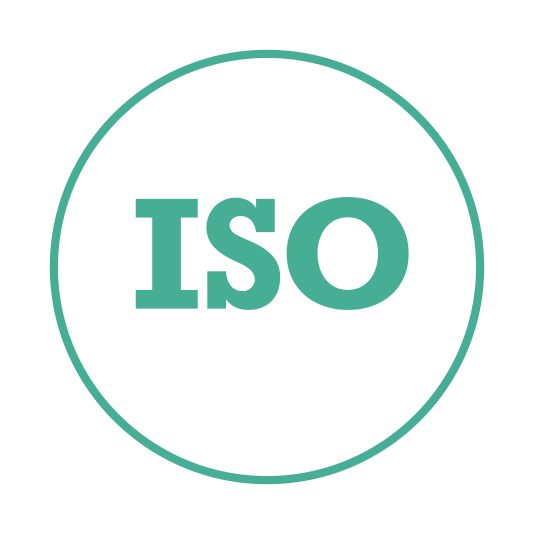What you need to know about 508 Compliance as a designer or project lead
![]()
Written by: Urban Emu

Why is 508 Compliance important?
If you’ve taken a ride on a bus or looked for a place to park in front of your local grocery store, you know that there are accommodations made for people with disabilities.
A seat near the door of the bus and wider parking spaces close to the entrance of the market help to make everyday life a little bit easier for a person with a disability. The same holds true for people with disabilities when navigating their digital life on federal websites and applications. And that’s where 508 Compliance comes in.
What is 508 Compliance?
508 Compliance is a section from The Rehabilitation Act of 1973 that gives people with disabilities the right of equal access to federal information online and has made it easy for them to access government websites. This amendment is extensive, making the internet more accessible. As a result of 508 Compliance, 26 percent of people living in the U.S. with a physical or mental impairment that substantially limits one or more major life activities (as defined by the Americans With Disabilities Act) can now efficiently access government websites.
Recognizing and addressing the accessibility needs of people with disabilities is critical when designing web pages and applications.
Understanding 508 Compliance
Understanding 508 Compliance is a crucial step in effectively practicing its standards. Aspects to be considered include the use of electronic or information technology and all information developed, procured and maintained by the U.S. government. The most affected digital elements were PDFs (Portable Document Format) and websites.
508 Compliance enhances an individuals ability to interact with information online despite having a disability such as having limited vision, limited blindness, a seizure disorder or being deaf.
Digital Design and 508 Compliance
Designers must educate themselves on the various kinds of needs people with disabilities have, so that those needs can be met. Following is a list of such considerations.
Closed Captions and Subtitles
Closed captions involve the inclusion of audio interpretation through text. This practice offers accessibility for those suffering from hearing impairments. Designers can either manually embed captions into the video frames, or provide text-based captions with timestamps in specific file formats that video players can overlay and time to the video as it plays.
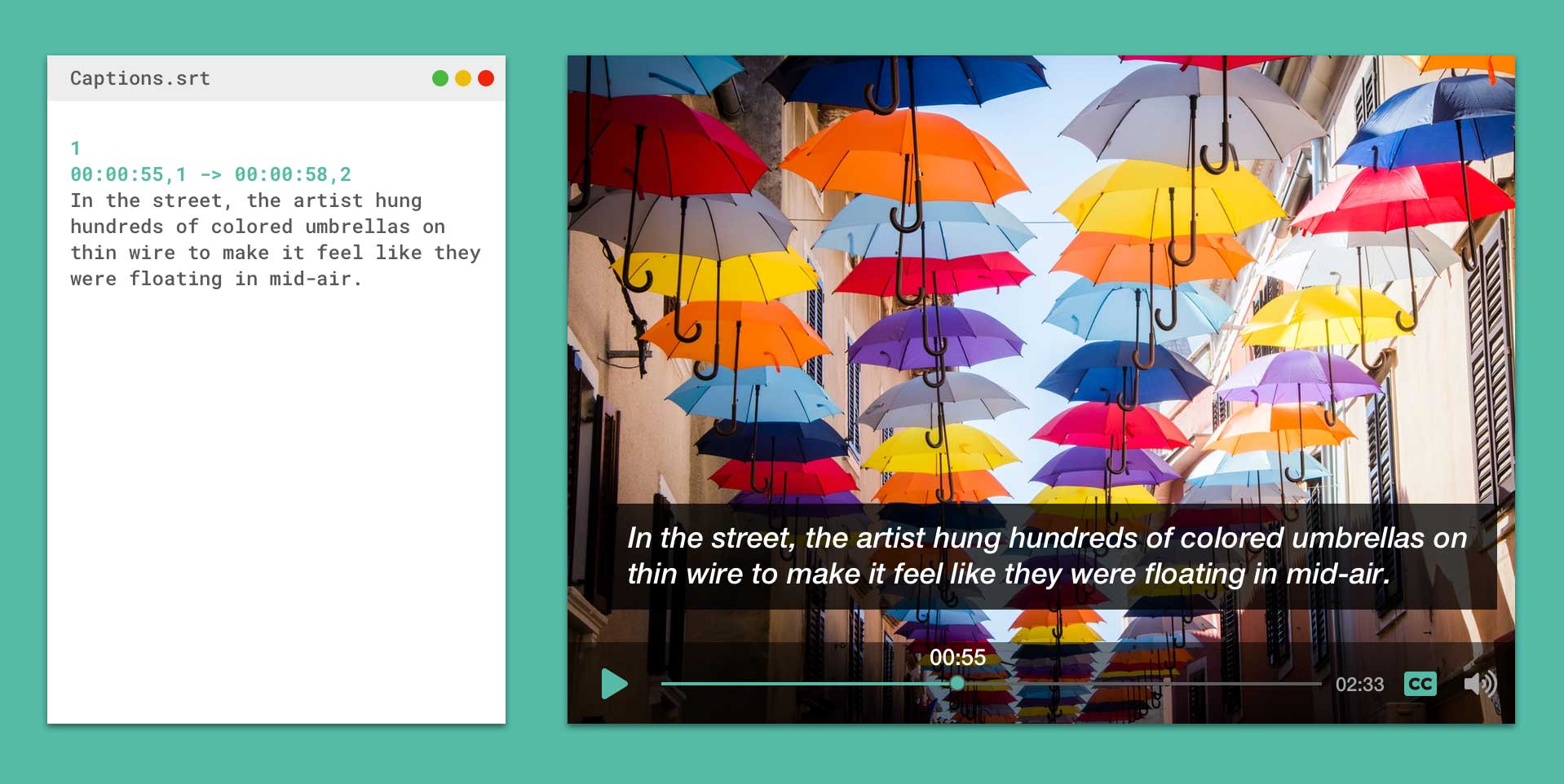
Captions are defined in an .srt text file
Video playback triggers the defined captions at the designated time markers.
Image Text
To meet the needs of those with visual impairments, designers must provide alternative text (“alt text”) for each image they include in their digital designs. Alt text enables individuals with visual disabilities to understand the purpose of the image. Software solutions called screen readers enable the user to hear this information.
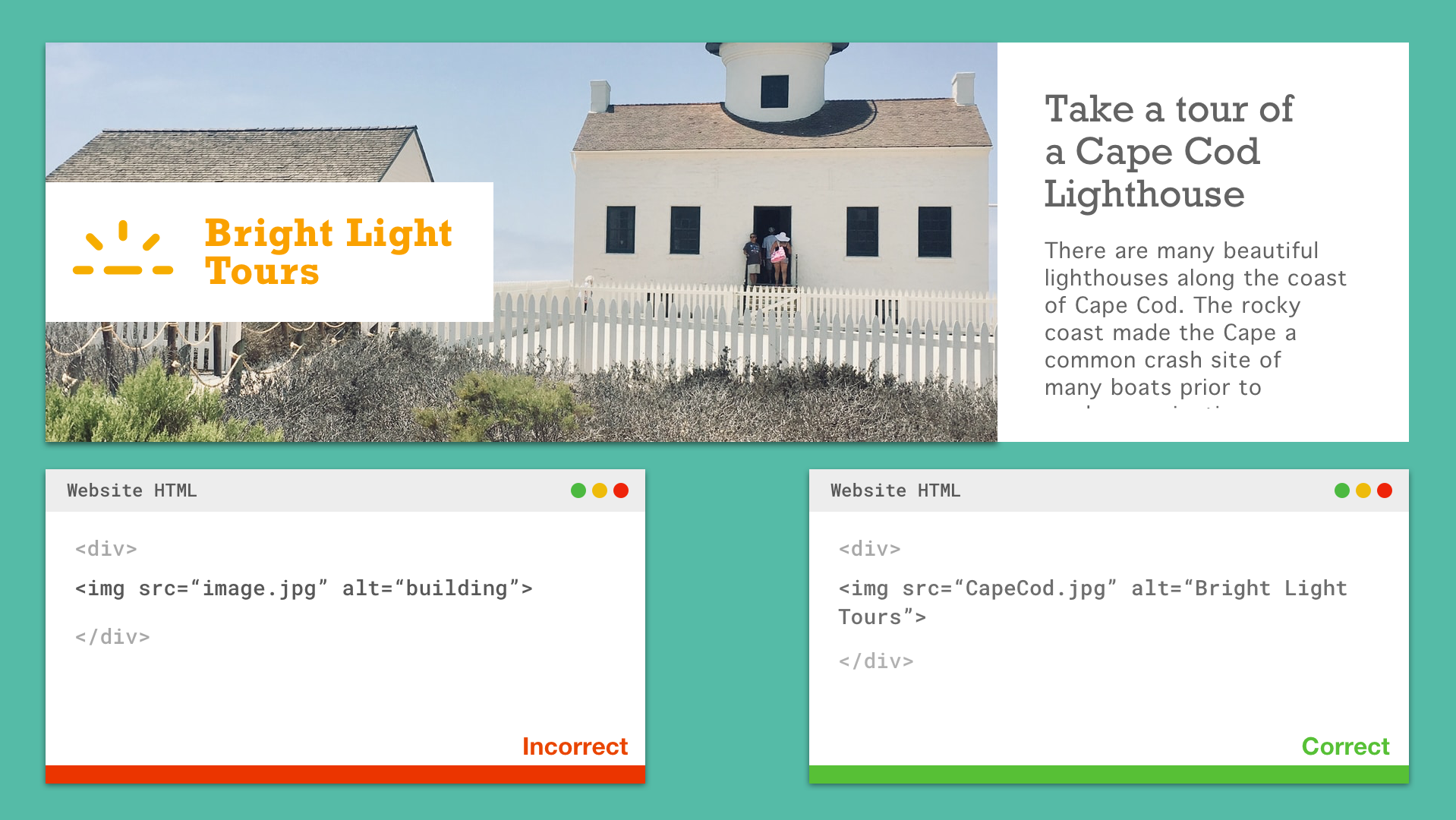
Contrast and Sensory Characteristics
While specific meaning is generally assigned to colors, designers must attach that meaning to the text. Sensory characteristics compliance means that one cannot rely on a single sense to receive information. So a red error message must also have an icon, since some people are color blind. However, some people cannot perceive shape. So shape alone cannot be used to convey meaning.
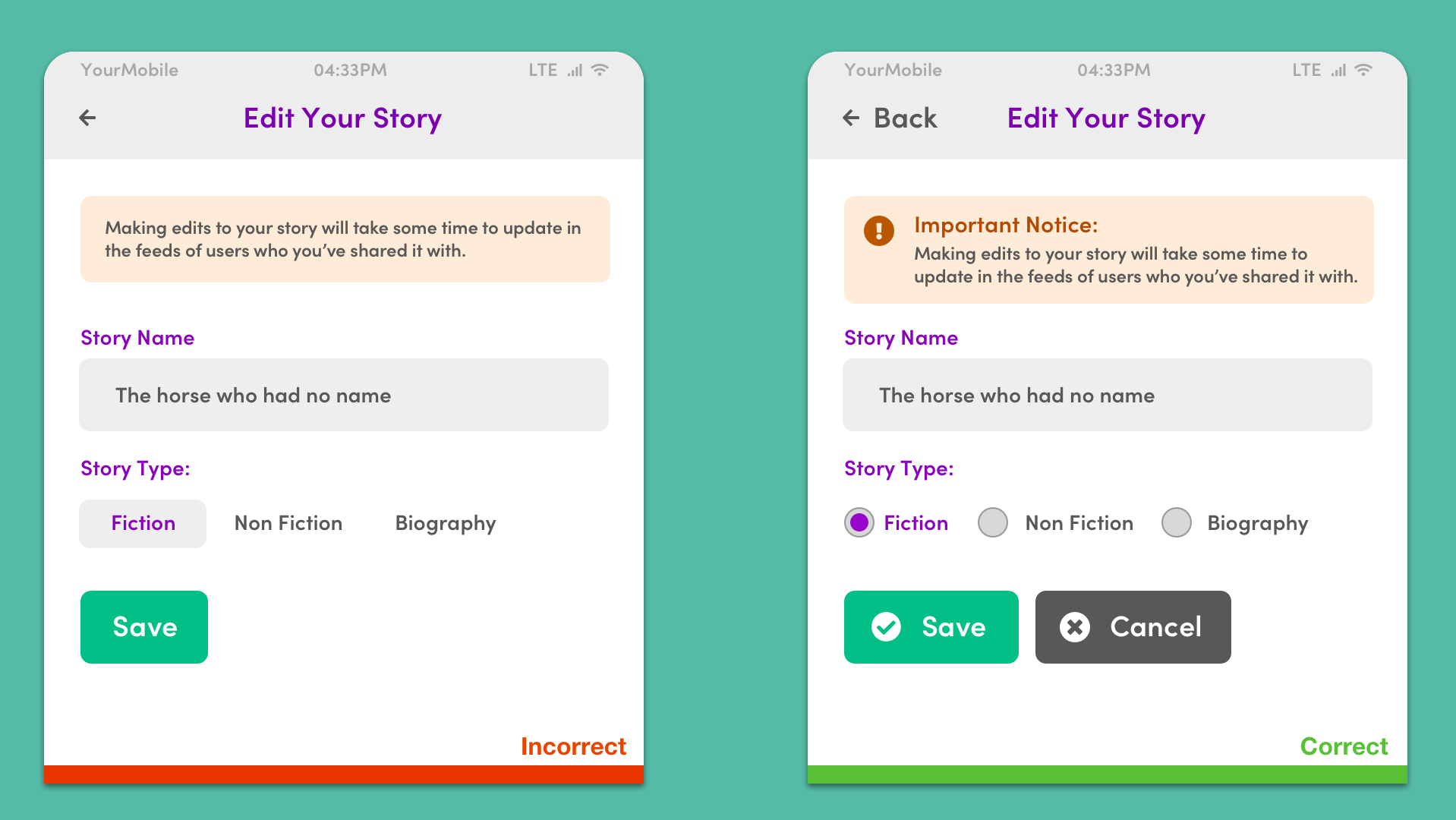

Designers must also avoid referring to orientation. For example, stating “the chart on the left” would be inaccessible because not everyone can perceive orientation or the user may be using an assistive technology for which this orientation has no meaning.
Zooming
Allowing users to zoom in on content is an easy way to enhance the accessibility of information. People without visual impairments often use the zooming feature to understand an image and read small text. As a designer, avoid blocking desktop or phone users from this feature. A reasonable zooming level must be at least 200%.
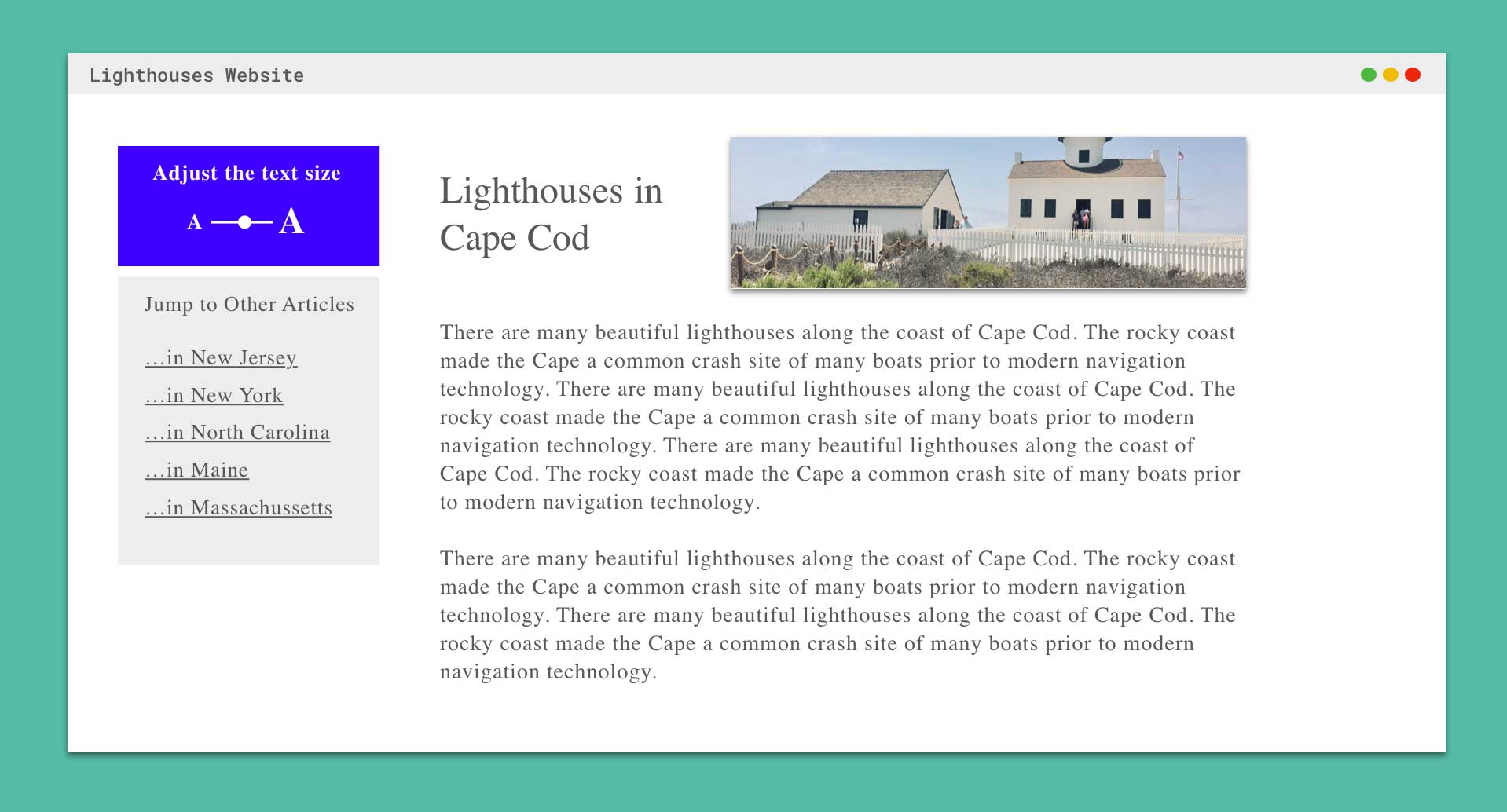
The website example gives the user an easy way to quickly adjust the page’s text size.
Timeouts
Users can struggle with page timeouts, especially when entering details into an online form. People with impairments may need more time to access the content than those without impairments. Consider this issue when creating webpages with a timeout feature. Allow users to request additional session time without losing their progress, and including features to keep users aware of the time left to complete a session.
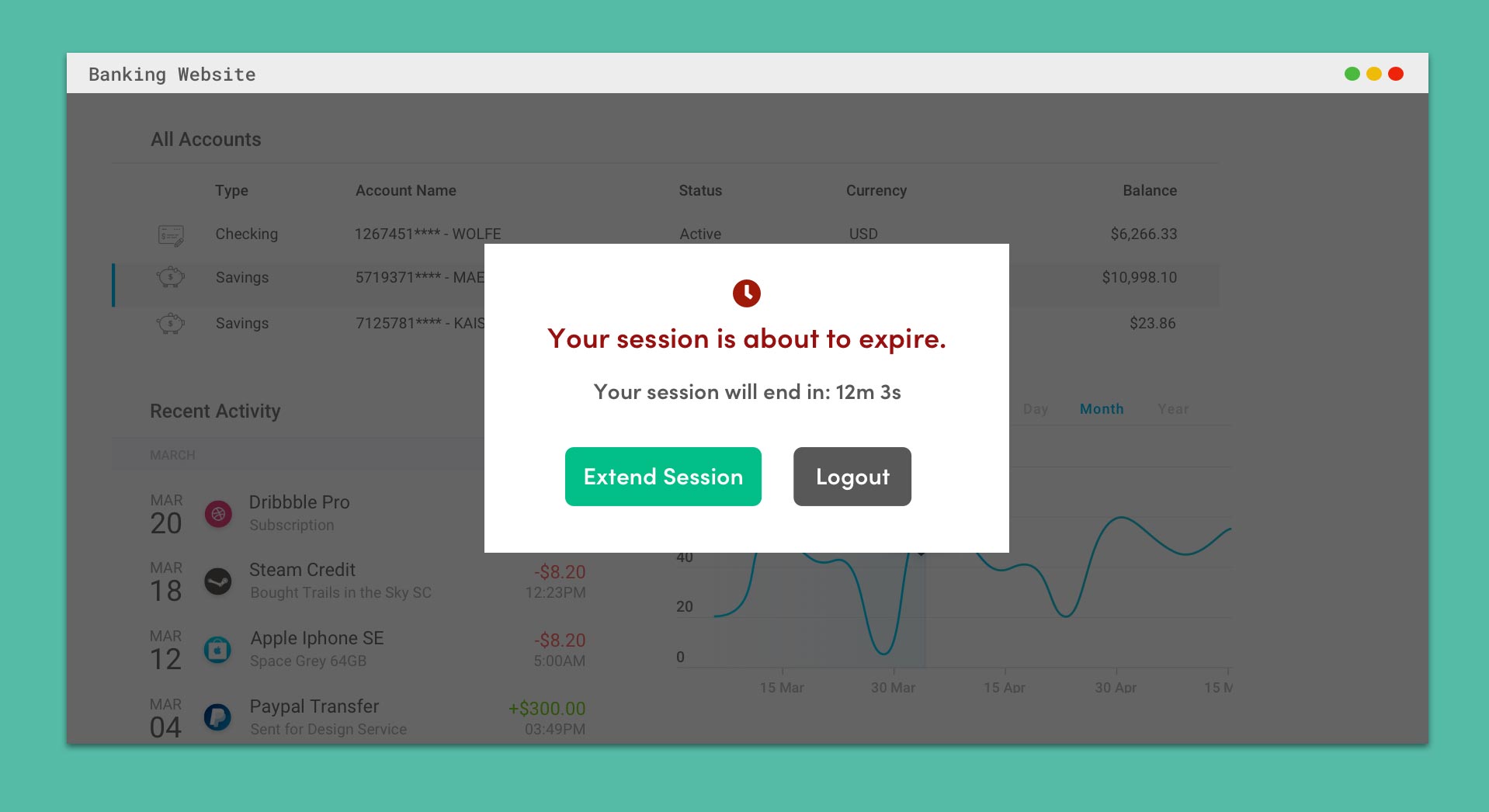
Websites with a timeout should give the users ample warning time, as well as give them the ability to continue their session with additional time.
Keyboard Accessibility
For some people with disabilities, using a mouse may be difficult or impossible. They may instead be using assistive devices such as head sticks, straws or eye movement detection. These devices act like keyboards, so it’s important that all features accessible by mouse are equally accessible by keyboard.
Requirements of Section 508
508 Compliance is an extensive section that affects both digital designers and developers. Three significant sections must be met:
- Technical Requirements
The technical specifications of 508 Compliance require designers to observe assistive technology compatibility with website coding, operating systems, software, and much more. Assistive technology like text-to-speech converters, on-screen keyboards, and screen magnifiers increase the accessibility of information regardless of one’s capabilities. - Functional Requirements
Apart from observing technical coding, 508 Compliance urges designers to ensure that all users can perform system functions. - Support Requirements
This section requires that all support documents and alternative information be accessible by individuals with disabilities. This requirement stipulates that all products accommodate the communication needs of an end-user with disabilities.
Complying with Section 508 for Designers
Section 508 sets specific functional, support and technical requirements to improve the user experience for individuals with disabilities. Basic standards of software applications, operating systems, websites, and telecommunication products must be considered when designing for those with disabilities.
Web Accessibility
In the digital information age we live in today, web accessibility is critical for those with disabilities in terms of perceiving, browsing, understanding, and interacting online. All users should be able to contribute constructively to the internet.
A designer’s checklist for website development should include a site that is easy to navigate, comprehend, operate, and enables the user to proficiently interact with content. Additionally, web pages should be safe and secure, upholding the dignity of persons with disabilities.
As per Section 508, websites and web pages should attain the following standards:
- Text elements to accompany non-text elements
- Synchronized multimedia alternatives for all presentations
- Web pages designed for color and without color
- Document readability without an accompanying style sheet
- Client-side maps instead of server-side maps
- Clearly identified rows and columns for tables
- Sufficient duration settings to enable one to provide a time-bound response
- Flickering frequency of 2Hz to 50Hz
- Assistive technology-enabled websites
On mobile application and operating systems such as Android and iOS, designers are required to observe the following:
- Applications should not alter or disrupt accessibility selections
- Textually discernible/executable functions
- Assistive technology for focus tracking and on-screen changes
- Sufficient user interface details
- Consistent programmatic elements across the entire application
- User color preferences superior to applications
- Optional non-animated displays for every animation
- Avoid using only color to convey meaningful information
- Blink frequency of between 2Hz to 55Hz
- Assistive technology-enabled electronic forms
Affect of Section 508 on Digital Designers
Section 508 has broad implications for application programmers, product developers and website developers. Companies intending to serve the U.S. market are expected to observe these standards. Similar standards are applicable in many countries.
Companies are advised to integrate accessibility processes into their mainstream programs. Training staff on 508 Compliance is also crucial, allowing companies to shift to human-centered digital designs.
Business Case for Designing for 508 Compliance
According to the World Bank, disabilities affect approximately 15% of the global population, equivalent to over 1 billion people. Designing products to satisfy the needs of the disabled community is imperative and an expected practice for businesses.
This process should not be seen as adding extraneous cost to a business, but as an innovative way of reducing cost elsewhere. For example, designing new products that are accessible is less costly than attempting to modify existing products. Implementing this process could also result in innovative software or wearable technology that make it easier for people with disabilities to perform a previously impossible task.
The Future of 508 Compliance
Amendments enacted in March 2018 brought Section 508 up to date with recent technological advancements. A proposal by the American Access Board considers the coverage of more documents and technologies, and provides more accessibility and opportunities for the disabled community.
Please note: We have written this article to highlight 508 Compliance, to the best of our ability. Please consult the following website for the latest policy details: https://www.section508.gov/about-us
Is your website or digital application 508 Compliant? If you need help evaluating your website or digital applications for accessibility standards and recommendations, our Urban Emu team members are US Department of Homeland Security Certified Section 508 Trusted Testers and can accommodate your needs.
Reach out to learn more about how accessibility can increase your ROI and user engagement.
Contact Us
Urban Emu is an experience agency proudly driven by a singular mission: to transform the way humans live. We achieve this through a powerful fusion of design, technology, and communications, creating unparalleled online and offline experiences.
We love to hear about ideas big or small. Please don’t hesitate to get in touch with us regarding your project.
Email: hello@urbanemu.com







